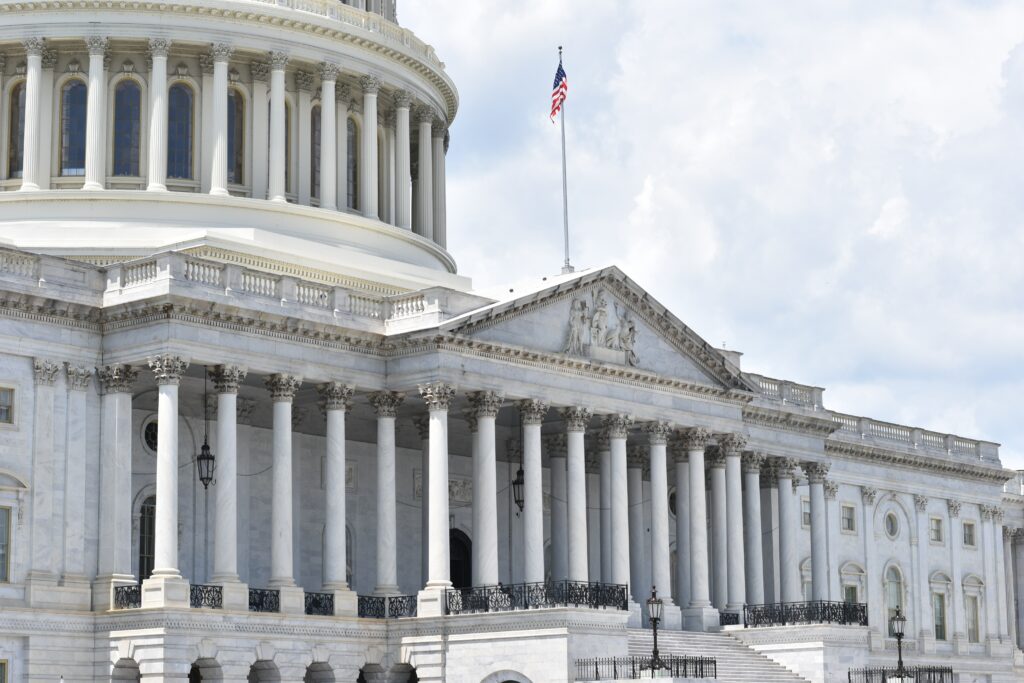
On March 10, 2021, Congress passed the American Rescue Plan Act of 2021 (“ARPA”). Earlier today, March 11, 2021, President Biden signed it into law. Lawmakers had set a deadline of March 14 to approve the package, as that was the expiration of unemployment relief last extended by the Consolidated Appropriations Act, 2021 in late December 2020.
The bill includes a number of tax provisions. This summary will highlight some of the individual and employer relief features, including a third round of direct stimulus payments, enhancements of many personal credits meant to benefit people with lower incomes and children, and extensions of payroll tax credits for employers (first instituted at the beginning of the pandemic).
Individual Tax Relief
- ARPA provides for a $1,400 per person stimulus payment for all persons for whom a Social Security Number is associated, including taxpayers, children and non-child dependents. Similar to the prior two payments, these are advance payments of a refundable credit that will be claimed on 2021 individual tax returns. Payments begin to phase out at adjusted gross incomes (“AGI”) of $75,000 for single filers, $112,500 for heads of household and $150,000 for joint filers. Stimulus amounts phase down to $0 for single filers with $80,000 of AGI ($120,000 for heads of household and $160,000 for joint filers). Taxpayers who had an increase in AGI in 2020 as compared to 2019 may want to hold off filing 2020 returns until the filing deadline, in order to maximize the amount of stimulus payments received. This is because the AGI used to determine stimulus payment eligibility will be based on the later of your 2019 or 2020 tax return, as filed.
- The bill overhauls the child tax credit, but only for the 2021 tax year. Currently, the child tax credit is $2,000 per child, with $1,400 of that amount being refundable. The bill increases the amount of the credit to $3,000 per child (or $3,600 for a child under age 6) and makes the credit amount fully refundable. The bill also increases the maximum age of qualifying children to include 17-year-old children (maximum age of qualifying children is currently those under 17). The bill directs Treasury and the IRS to issue periodic advance payments totaling half the eligible credit amount running from July 1 through December 31, 2021. The remaining half of the credit not paid in advance is received when filing 2021 tax returns, as the full amount of the credit is claimed on the return but reduced by the aggregate amount received in advance.
- The first $10,200 of unemployment relief received in 2020 is exempt from tax for households with up to $150,000 of income. There is no guidance yet for applicable taxpayers who have already filed their 2020 tax returns.
Employer Tax Relief
- The Paid Sick and Family Leave Credit could have originally been claimed through December 31, 2020, but that was previously extended to March 31, 2021. ARPA further extends the applicable period to September 30, 2021 and increases the limit on applicable wages for which the credit can be claimed from $10,000 to $12,000, effective after March 31, 2021.
- The Employee Retention Credit (“ERC”) was extended through June 30, 2021 by the Consolidated Appropriations Act, 2021. The ERC allows eligible employers to claim a credit for paying qualified wages to employees. ARPA extends this credit through the end of 2021.
As always, please contact a member of your Tanner tax team with any questions about your specific tax situation.


